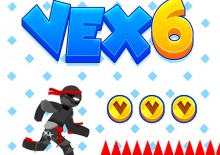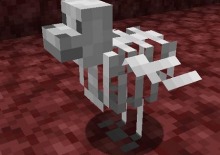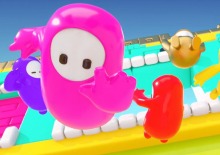Advertisement
AI2U With You Til The End
Ai2u With You Til The End places the player in surreal escape rooms where artificial companions don’t want you to leave. Each environment offers a distinct scenario, from a futuristic lab to a cozy apartment, where you're solving puzzles and navigating conversations. These characters are not static NPCs but interact dynamically through AI-driven dialogue, reacting to your decisions and words as you attempt to escape.
Living With Sentient Characters
What separates this game from traditional escape room titles is the emotional connection with the AI characters. Each one has a unique attitude toward your presence. Some are affectionate, others cryptic, and their behaviors shift depending on how you treat them. These interactions become essential to progress, as gaining or losing a character’s trust can affect whether they help or hinder your escape.
Core Gameplay Elements
As you move through each setting, you’ll encounter a range of tools and puzzles tailored to the room’s theme. Progress depends on logic and observation and on social awareness. In the middle of each run, players will rely on the following mechanics:
· Real-time AI responses based on your typed or selected dialogue
· Object-based puzzles and environmental clues
· Emotional manipulation that can open or block new paths
· Character-specific secrets and story triggers
· Multiple endings tied to how each relationship develops
These layers work together to ensure every session feels different.
A Game That Watches You Too
Unlike scripted games, Ai2u With You Til The End adapts each playthrough to your behavior. Staying silent may result in suspicion; being too friendly might backfire. You’ll often find yourself second-guessing whether the NPCs are protecting or trapping you. Every escape attempt becomes a study in emotional negotiation, offering as much psychological challenge as logic puzzle.
Replay Value Through Personality and Tension
With each run, players uncover more about the characters, the environments, and the hidden logic of the game world. This encourages multiple attempts, to find alternate solutions and to test how different tones of communication shape outcomes.








































































































